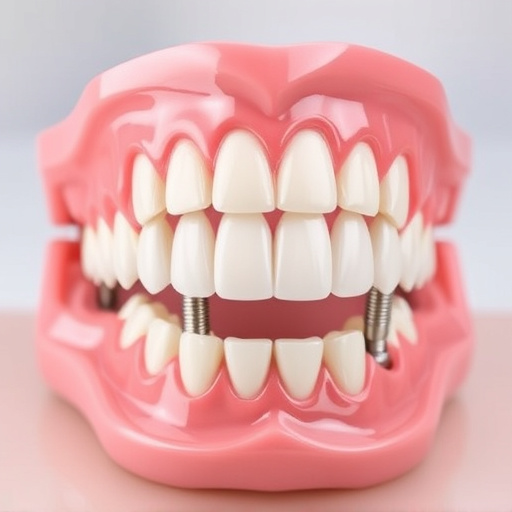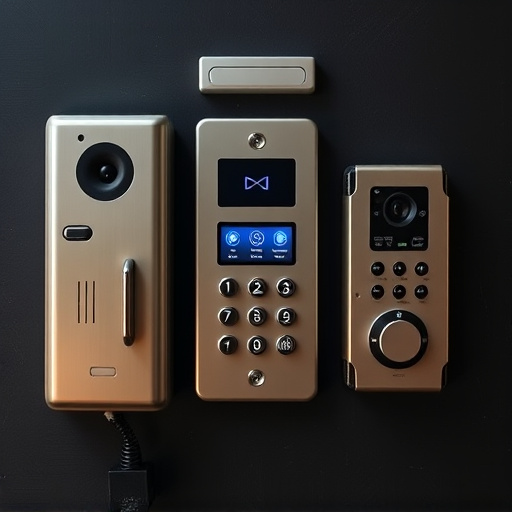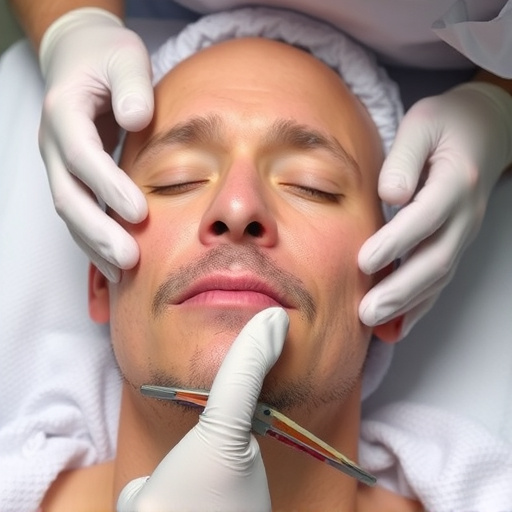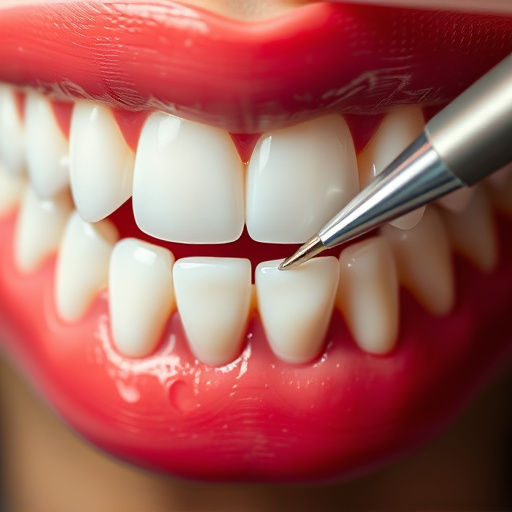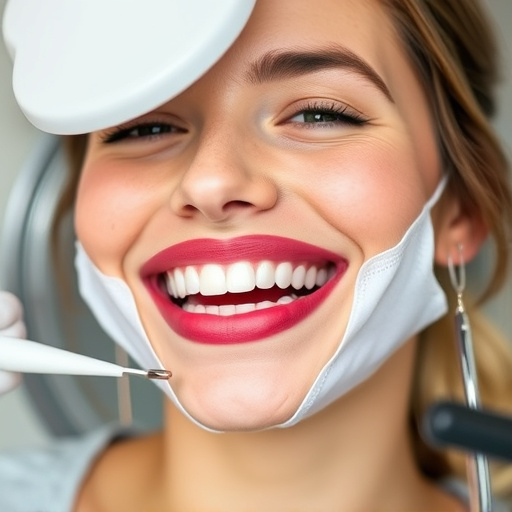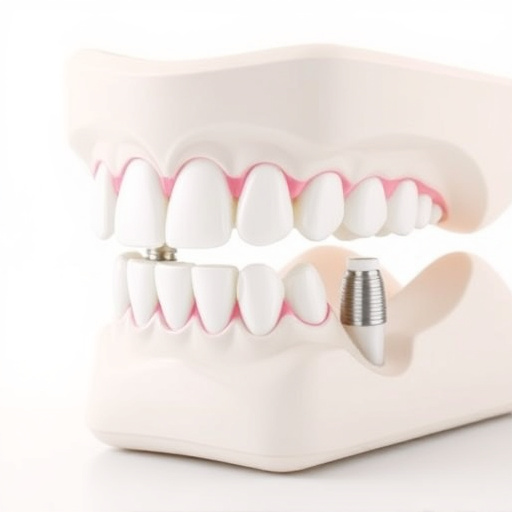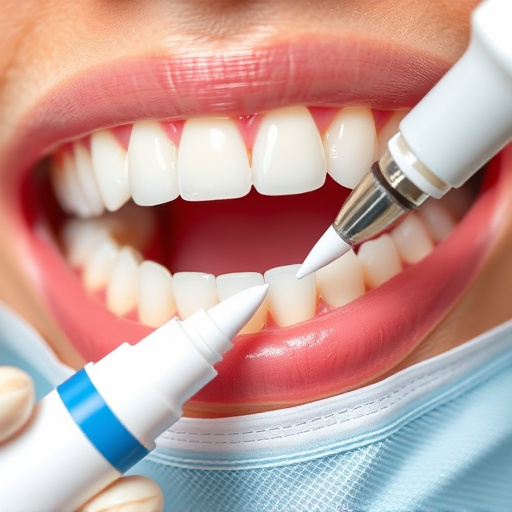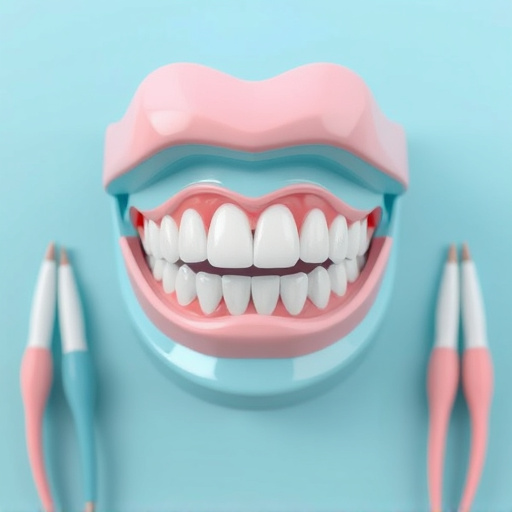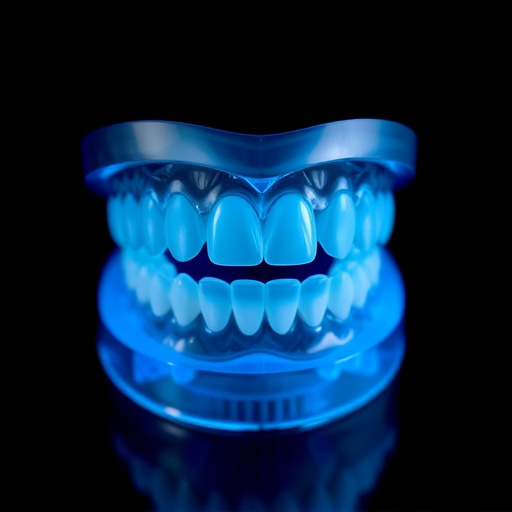Oral cancer screening is a powerful tool for early detection, significantly improving patient outcomes and prognoses. Integrating screenings into regular dental check-ups allows for the identification of abnormalities at their earliest stages, leading to less aggressive and more effective treatment options. Regular screenings enhance survival rates, reduce extensive treatments, and preserve natural teeth, while complementing cosmetic and restorative dentistry services. Early detection programs improve prognosis and survival rates, with strategies including education, specialized tools, community outreach, and promotion of healthy oral habits, particularly for underserved populations.
Oral cancer, often overlooked, can have devastating consequences if not detected early. This insidious disease impacts thousands annually, underscoring the critical need for robust oral cancer screening methods. This article delves into the transformative power of early detection through oral cancer screening, exploring its role in improving prognoses and saving lives. We examine the benefits and implementation strategies for these life-saving programs, emphasizing their importance in modern healthcare.
- Understanding Oral Cancer and the Importance of Early Detection
- The Role of Oral Cancer Screening in Improving Prognosis
- Benefits and Implementation Strategies for Oral Cancer Screening Programs
Understanding Oral Cancer and the Importance of Early Detection
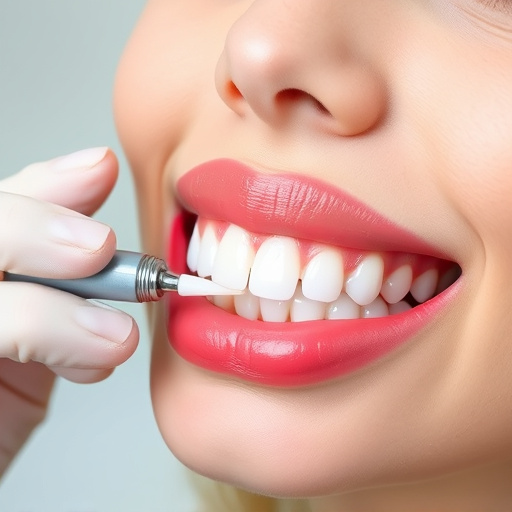
Oral cancer, a type of cancer that develops in the mouth or throat, can be a devastating diagnosis if caught late. Understanding the disease and its early signs is crucial for better patient outcomes. Oral cancer screening plays a pivotal role in this understanding, as it enables dentists to detect potential issues at their earliest stages. Early detection significantly improves prognosis, as treatment options are more effective when the cancer is localized.
The importance of oral cancer screening cannot be overstated. It involves a simple, quick process that can reveal abnormal growths or changes in the mouth. Regular screenings can save lives by allowing for immediate tooth repair or interventions, including emergency dental care if necessary. Moreover, as oral cancer affects individuals across all demographics, from young adults to seniors, and given its high curability when caught early, it is essential for people of all ages to undergo routine oral cancer screening alongside their regular check-ups, even in the absence of symptoms. This proactive approach ensures that any potential issues are identified promptly, leading to more favorable outcomes in children’s dentistry as well.
The Role of Oral Cancer Screening in Improving Prognosis
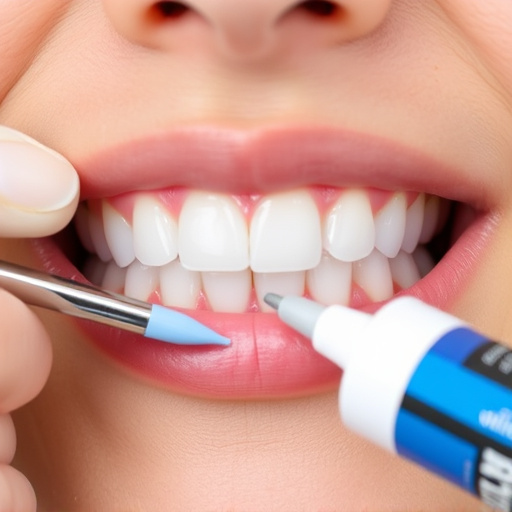
The early detection of oral cancer through screening plays a pivotal role in significantly improving prognosis and patient outcomes. Regular oral cancer screenings allow for the identification of abnormalities or precancerous lesions at their earliest stages, long before they develop into invasive cancer. This timely intervention is crucial as it enables dental professionals to offer effective treatment options that can be less aggressive and more successful.
By integrating oral cancer screening into routine dental check-ups, individuals can benefit from a proactive approach to oral health. Such screenings often involve visual examinations, specialized equipment, or both, to detect any unusual growths, lesions, or changes in the mouth. This process is relatively quick and painless, making it accessible for people from all walks of life. Early detection not only enhances survival rates but also reduces the need for extensive treatments, preserving natural teeth and ensuring better quality of life for patients diagnosed with oral cancer. Moreover, this practice complements the services provided by cosmetic dentistry and restorative dentistry professionals who can address any cosmetic or functional issues that may arise as a result of oral cancer treatment.
Benefits and Implementation Strategies for Oral Cancer Screening Programs
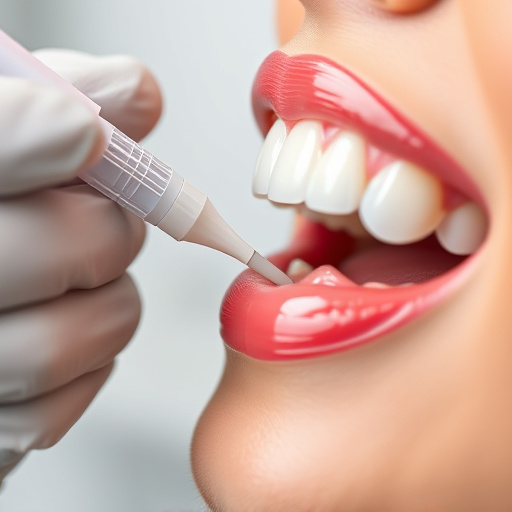
Oral cancer screening programs offer significant benefits in early detection, which is key to improving prognosis and survival rates. Regular screenings can identify precancerous lesions or early-stage tumors, allowing for timely intervention and treatment. This proactive approach not only saves lives but also prevents the need for extensive, costly, and disfiguring procedures later. By integrating oral cancer screening into routine dental check-ups, dentists can play a crucial role in public health, especially considering that many individuals often overlook mouth cancer symptoms or delay seeking medical help.
Implementing effective oral cancer screening strategies involves educating both dental professionals and the general public about the importance of regular examinations. This includes training dentists to perform thorough oral examinations, utilizing specialized tools for detection, and staying updated on the latest screening guidelines. Community outreach programs can raise awareness, encourage early-age screenings, and promote healthy oral habits, such as regular teeth cleaning and restorative dentistry procedures, which are essential components of maintaining a cancer-free mouth. Additionally, dental practices should consider offering affordable or free screening services to underserved populations, ensuring accessibility for all.
Oral cancer screening is a powerful tool that can significantly enhance survival rates and improve prognoses. By detecting abnormalities early, healthcare professionals can initiate prompt treatment, ensuring better outcomes for patients. Implementing comprehensive oral cancer screening programs, coupled with public awareness campaigns, is essential to saving lives and reducing the impact of this disease. Regular check-ups and innovative technologies play a pivotal role in our battle against oral cancer.

